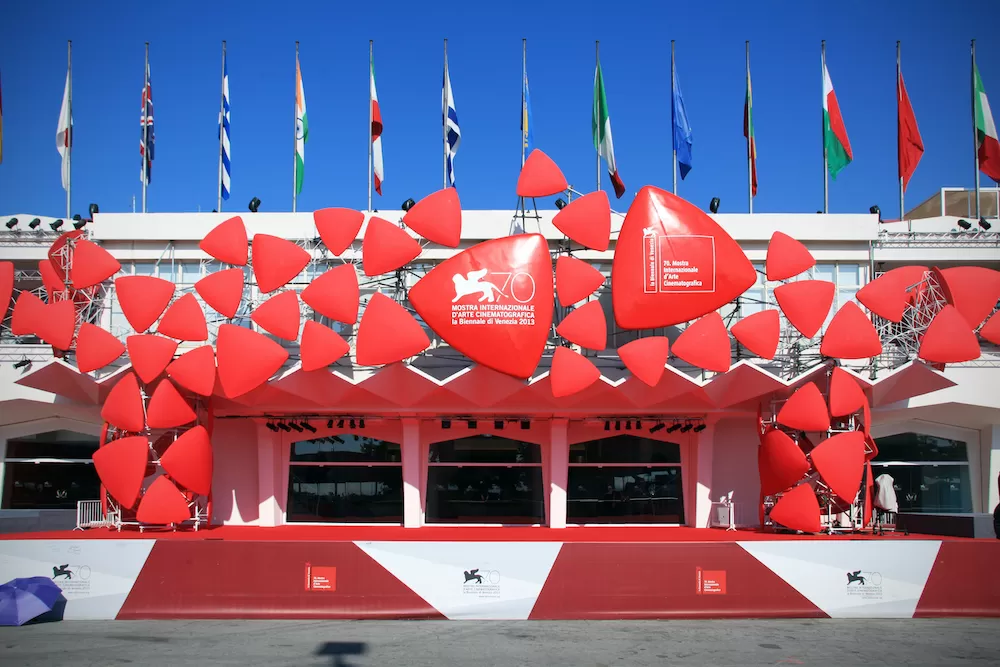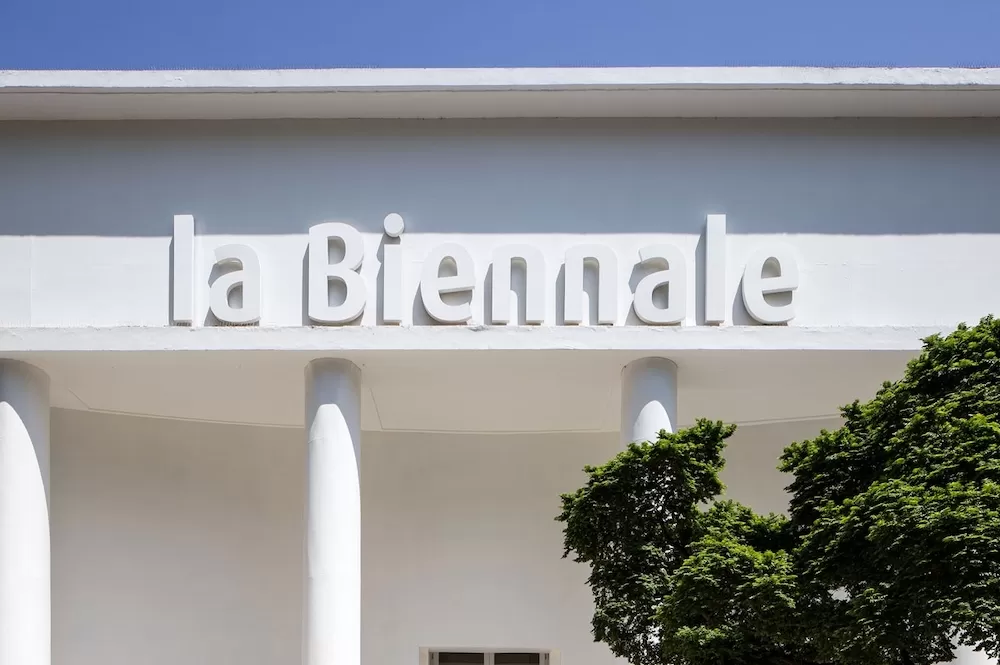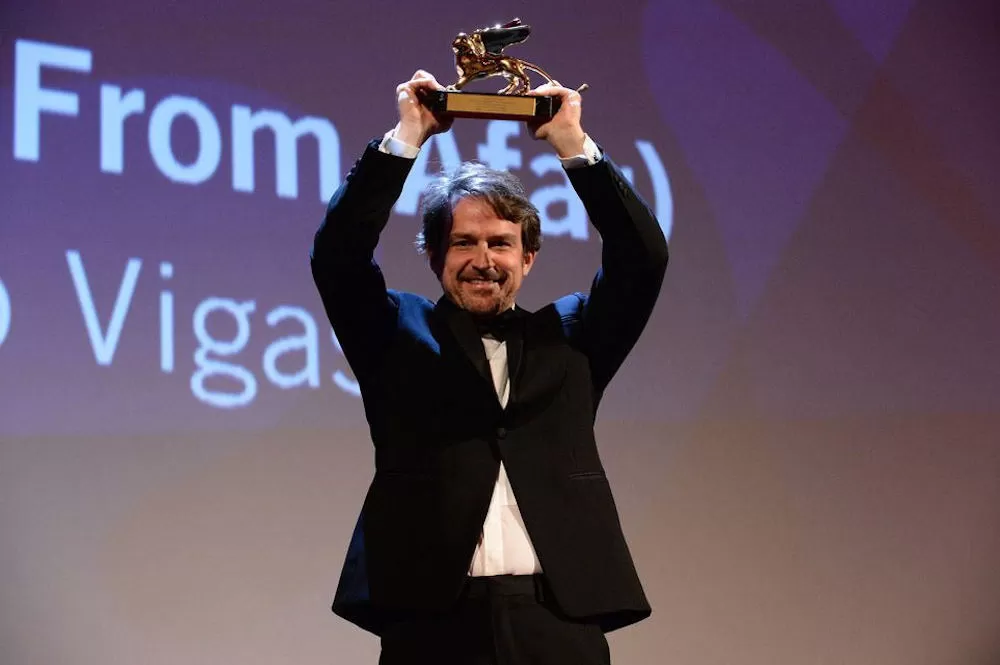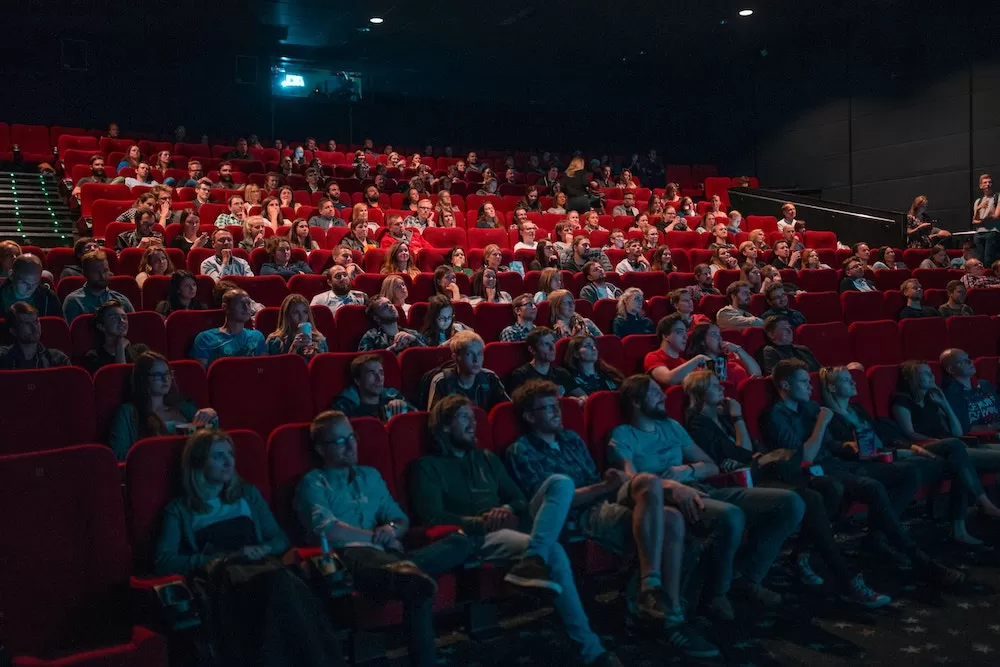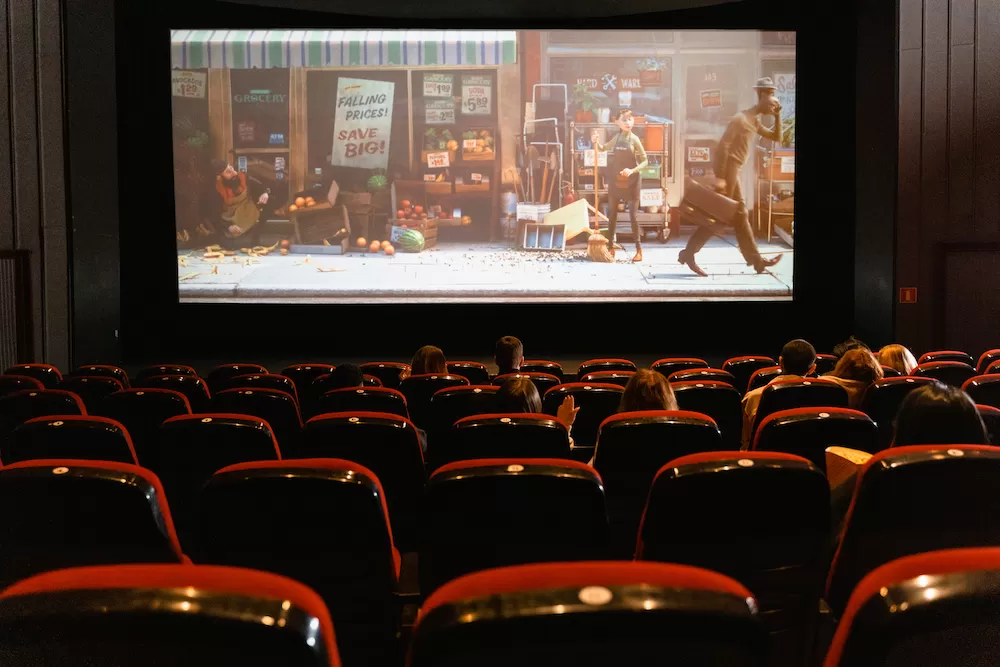You've heard about the
Venice Film Festival before, right? One of the most popular and prestigious film festivals in the world, it's a celebration of fine film-making that never fails to capture the world's attention. With that said, however, what do you know about the Venice Film Festival, exactly? That it's one of the oldest film festivals in the world? That films that premiere here often win big at the Academy Awards? Or that most films are screened at least 3 to 4 times throughout the event? All these facts and more make the Venice Film Festival all that more fascinating, don't you agree?
The Oldest Film Festival in The World
If you know about or even love the glamour of the Cannes Film Festival or the artistry of the New York Film Festival, you have
Venice to thank for all of that. The Venice Film Festival is actually the oldest event of its kind. The first edition happened all the way back in August of 1932. It was then declared as an annual event in 1934, leading to what it is today. Even at that time, global filmmakers were already aware that it was a prestigious film festival. From the initial 9 countries that participated in its first year, the Venice Film Festival managed to draw and invite 17 in its second year.
The Film Part of La Biennale di Venezia
Because it eventually became popular all on its own, it's easy to think that the Venice Film Festival was always its own event. In truth, however, the festival is actually the film aspect of La Biennale di Venezia, one of the oldest and longest-running art exhibitions in the world. It first started back in April 1893 and highlighted Italian art, music, architecture, dance, theater, and more. It was only until the first Venice Film Festival in 1932 that Italian cinema became part of La Biennale di Venezia.
Source: La Biennale
The Festival's Fascist History
At the risk of cancel culture getting the Venice Film Festival, there's no denying that the event has a controversial past. the first edition and its eventual institution was during Benito Mussolini’s presidency, one of the darkest periods in Italy's history. As such, the Mussolini government at the time had a hand in establishing the film festival. The Italian dictator's minister of finance, Giuseppe Volpi, even served as the festival's first president. And from the 30s to the 40s, the event named its highest awards—Best Italian Film and Best Foreign Film—as the “Mussolini Cup.” Unsurprisingly, Nazi propaganda films often won them too.
The Lucky Number 7
There's just something about the Venice Film Festival and the number 7. For one thing, the event gives out 7 major awards. They include the Golden Lion (best film), the Grand Jury Prize (second-best film), the Silver Lion (best director), two Volpi Cups (for the best actor and actress), the Golden Osella (best screenplay/ best technical contribution), and the Marcello Mastroianni Award (best-emerging actor/actress). At the same time, the minimum number of members in the grand jury is also 7. So no matter how many members there are, there's sure to be at least 7 of them.
Source: Wikimedia Commons
The Star-Making Film Festival
Just like many of the other film festivals out there, the Venice Film Festival has produced many of today's biggest and brightest stars. Among the most famous include Marlon Brando. One of his earlier films, “On the Waterfront” (1954), competed in the festival. It won the Silver Lion that year. Jennifer Lawrence also won the Marcello Mastroianni Prize in 2008, back when the actress was just 18 years old. A couple of years later, Lawrence would win the Academy Award for Best Actress for her performance in “Silver Linings Playbook” (2013).
The Festival That Celebrates Queer Films
It's also worth noting that the Venice Film Festival was the first of its kind to truly highlight LGBTQ+ cinema. The event instituted its now-iconic Queer Lion award in 2007, three years before Cannes handed out its first
Queer Palm in 2010. Though Venice wasn't the first to have a queer-centric film award, the fact that they were among the first still deserves a bit of praise. Even more so since the award has highlighted plenty of great LGBTQ+ films and queen filmmakers over the years. Among the most famous include “A Single Man” by Tom Ford in 2009, “Philomena” by Stephen Frears in 2013, and “The Danish Girl” by Tom Hopper in 2015.
Source: Wikimedia Commons
The First Film Festival to Stream Online
In 2012, the Venice Film Festival became the first of its kind to stream movies online. Around that time, platforms like Netflix and Hulu weren't as mainstream and as popular as they were now. Even the notion of live-streaming was fairly new, so not a lot of people were sure if it was the right movie. Still, the film festival decided to stream many of the movies featured that year on its official website. Audiences then had to pay a subscription fee, which cost around the same as an ordinary movie ticket, to watch the films.
The Multiple Screenings
In most cases, film festivals would only screen a movie once, making the premiere a much-buzzed-about event. But the Venice Film Festival does things a bit differently. They screen their movies at least three to four times throughout the event, allowing fans who didn't get to see the first showing to still be able to watch them. This also gives the films a chance to generate some buzz, whether to increase their chances of winning an award or to ensure that they'll do well at the box office regardless of the results.
Source: Wikimedia Commons
What do you know about the Venice Film Festival? It pays to know more about one of the most prestigious film industry events of the year. It draws a lot of attention, celebrities, and more. Isn't it worth learning about more?
